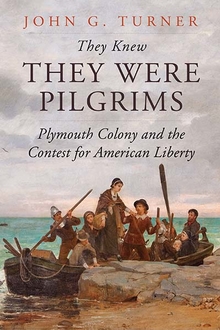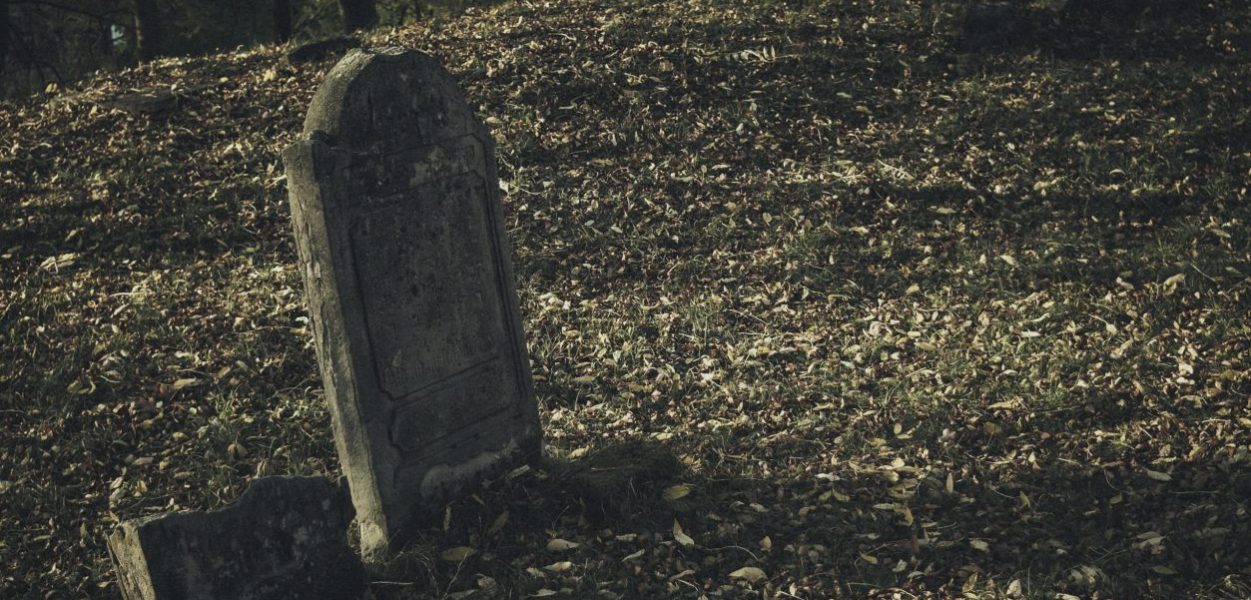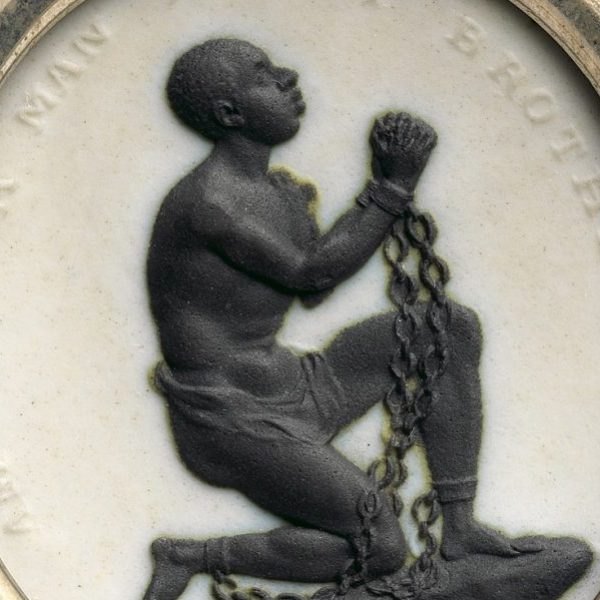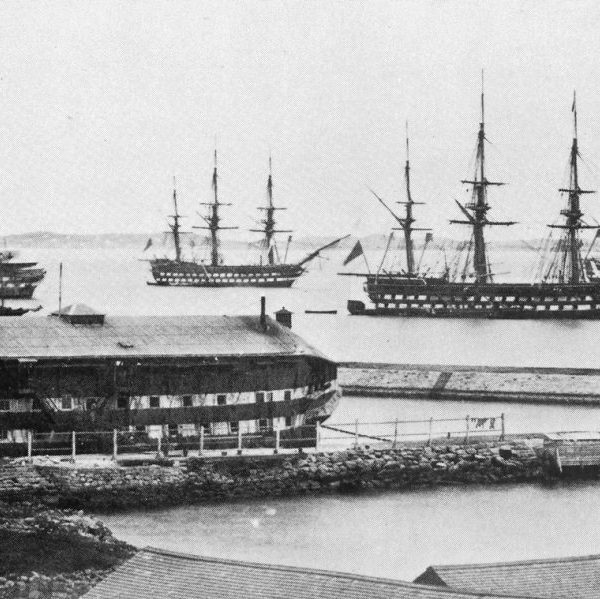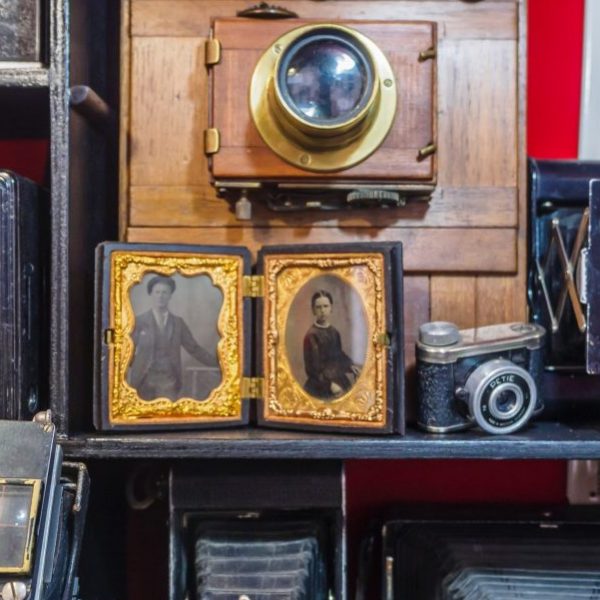“Mr. Miles His Negro No Hope of Life”
John G. Turner—
One of the best parts of being a historian is spending time with hard-to-read sources. Admittedly, it’s terrible for the eyes, but we slow down and pay attention to documents that we might otherwise skim too quickly when handwriting is difficult to decipher.
A few years ago, I came across a June 1675 letter from James Cudworth to Plymouth Colony governor Josiah Winlsow. The letter is held in the Winslow Papers at the Boston Athenæum.
Cudworth, a resident of Scituate, lost his position as a magistrate and militia captain in the late 1650s when he criticized his government’s persecution of Quakers. Now, almost two decades later, the rehabilitated Cudworth led Plymouth forces to the western town of Swansea. Cudworth’s men arrived as the region was on the brink of war. Two months earlier, colonial authorities had executed three Wampanoag men for the murder of John Sassamon, a Massachusett (Native) Christian. After years of provocations and dispossession, sachems in the western part of the colony prepared to fight back. There were a few skirmishes, then an English settler shot and killed a Wampanoag man on June 23. When Cudworth’s troops arrived, they joined Swansea’s settlers who had taken refuge in a few safe houses.
In his letter to Winslow, Cudworth recounted what transpired when the Wampanoags retaliated for the man’s death. A number of settlers were killed while fetching corn or returning from church. But even those who took refuge in the garrisons were not safe. Gershom Cobb was killed while on sentinel duty. Several other men were wounded. John Morton was “mortally wounded though some hope of life.” Another man, Alexander Canady (Kennedy) was “shot in the shoulder” but expected to recover. It took me a long time to decipher what Cudworth wrote about a third wounded man: “Mr. Miles his negro no hope of life.” Several fellow scholars of seventeenth-century New England helped with the handwriting (the discipline of history is always a group enterprise).
This dying man was the enslaved property of Swansea’s minister, John Myles (who most frequently spelled his name with a y), a Baptist active near Swansea (Wales) who wisely emigrated in the wake of the Restoration. Myles was a staunch believer in what he termed “our precious liberty,” by which he meant worship and ecclesiastical government according to his understanding of the Bible. He settled in the town of Rehoboth but soon encountered opposition because of his rejection of infant baptism. Although Plymouth Colony’s leaders did not treat Baptists as harshly as their counterparts in Massachusetts Bay did, they had fined individuals who had started Baptist meetings. In the end, though, they found a way to accommodate Myles by allowing him and his followers to establish their own town, which became Swansea. When he founded the town, Myles assured Plymouth’s leaders that he had no intention of extending religious liberty to Quakers or other heretics.
As a few historians have noted, Myles became a slaveholder at some point after his move to Plymouth Colony. According to an inventory of his estate, he owned five African slaves at the time of his 1683 death: a couple named Peter and Mary, their two children, and another man named Adam. They are listed among his livestock and other possessions.
I wasn’t the first historian to make use of Cudworth’s letter to Winslow. Douglas Leach, for instance, cited it and other Josiah Winslow documents in his 1958 Flintlock and Tomahawk. Leach, however, did not mention the death of “Mr. Miles his negro.” I found confirmation of the man’s death in Bay Colony minister William Hubbard’s contemporary history of the war, which reports “a negro of Mr. Miles’s wounded, so as he dyed soon after.” Still, the experiences of this man—even his identity—are lost to history. I haven’t been able to even discover the man’s name.
In the early nineteenth century, Plymouth Colony became indelibly associated in the minds of many Americans with liberty. Through the paeans of Daniel Webster and George Bancroft, the Pilgrims became the progenitors of republicanism and religious freedom. Such claims were wildly inaccurate, but the history of Plymouth Colony teaches us a great deal about seventeenth-century meanings of liberty.
Like other English settlers in Plymouth Colony, separatist/Congregationalist, Baptist, Quaker—John Myles staunchly defended his understanding of Christian liberty. But it was difficult to maintain any consensus on the meaning or bounds of that liberty. The political principle that the validity of laws and taxes rested on consent was also significant but also contested, especially in the later years of the colony. Meanwhile, as English settlers debated the meanings of religious and political liberty, other men, women, and children experienced subjection that was sometimes openly acknowledged as slavery and sometimes more euphemistically referred to as servitude. As in other English colonies, the settlers of Plymouth Colony had vigorous debates about taxation and representation, and about the appropriate bounds of religious toleration. There was some political regulation of Native slavery, but never any codification of African slavery. Nearly all English settlers took it for granted that some people were entitled to more liberty than others.
The death of John Myles’s slave is a reminder of that fact. A memorial in Swansea near the site of John Myles’s home honors eleven English men killed at the outset of what became known as King Philip’s War. Although biographical information about some of them is sketchy, for the most part they or their ancestors had chosen to come to New England. The memorial ignores Myles’s slave, who was not at liberty to make that choice.
John G. Turner is professor of religious studies at George Mason University and the award-winning author of Brigham Young: Pioneer Prophet. He lives in Burke, VA.
Further Reading:
